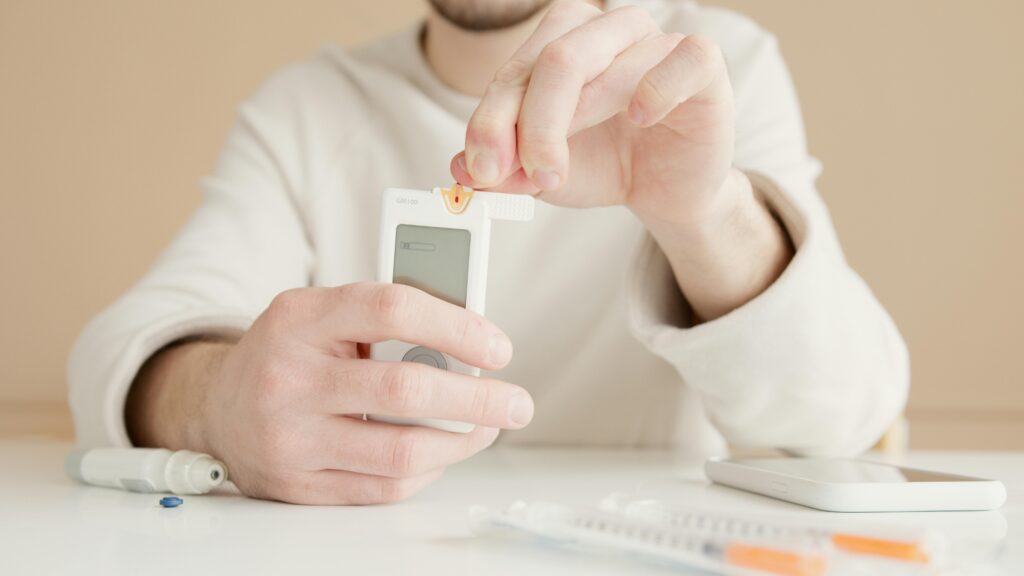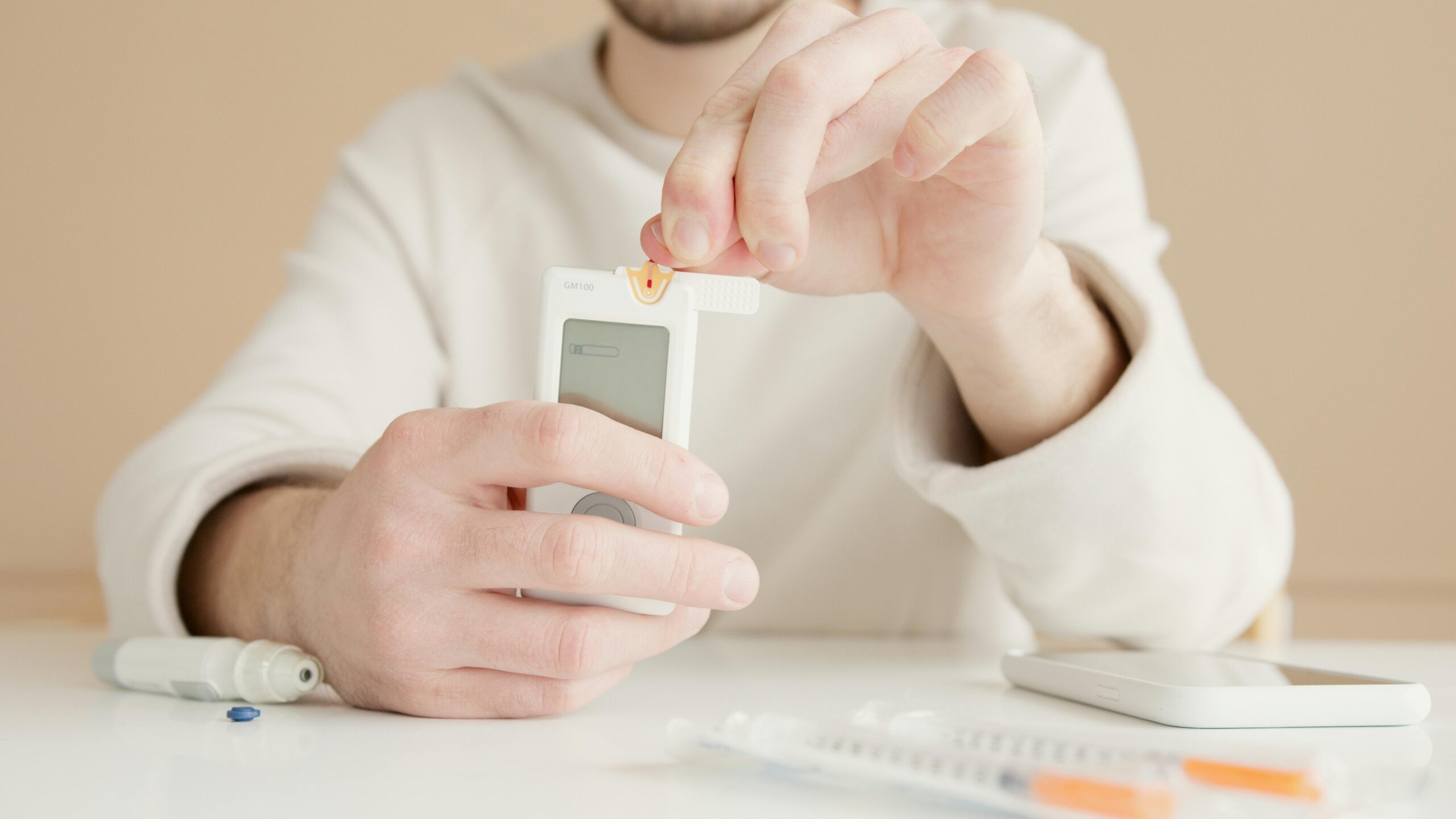Once upon a time, “self-care” meant lighting a candle and running a bubble bath. Fast forward to 2025, and Gen Z is injecting a whole new meaning into the concept — with wearable tech, ice baths, and supplements that sound like they belong in a sci-fi film. Welcome to the world of biohacking.

As a millennial watching this unfold, I’m half-intrigued, half-exhausted. I remember when fitness tracking stopped at counting your steps. Now? It’s about tracking HRV, sleep cycles, blood glucose, and mitochondrial function before your morning coffee. But there’s no denying that Gen Z is leading a fascinating shift towards optimising mind and body like never before.
So, What Is Biohacking?
Biohacking is essentially “DIY biology” — a way of tweaking your lifestyle, habits, and sometimes even your biology, to improve performance, energy, and overall wellbeing. It ranges from the fairly tame (think meditation apps and blue light glasses), to the hard-core (like neurofeedback headsets and microdosing psilocybin — yes, really).
It’s health and wellness, but upgraded — with a touch of Silicon Valley, a sprinkle of science, and a heavy dash of TikTok.
The Biohacks Gen Z Swear By
Here’s what’s hot in the world of Gen Z biohackers right now — and why you’re probably seeing these everywhere on your feed.
1. Cold Plunging and Ice Baths
The cold-water craze is real. From influencers jumping into icy lakes to at-home plunge tubs that cost more than my car, cold exposure is being hailed for boosting mood, reducing inflammation, and sharpening focus. Wim Hof would be proud.
And yes, it’s as brutal as it looks — but that post-plunge buzz? Apparently unmatched.
2. Nootropics and Smart Supplements
Forget your average multivitamin — we’re talking about nootropics, aka “smart drugs”. These are supplements (or sometimes prescription meds) designed to enhance focus, memory, and brain function.
Gen Z is especially keen on blends with lion’s mane, L-theanine, and rhodiola — all natural and aimed at boosting cognition without the jitters of caffeine. There’s also a growing interest in functional mushrooms, which now come in everything from coffee to gummies.
3. Red Light Therapy
Once only found in fancy spas, red light panels are popping up in bedrooms across the UK. Users claim benefits ranging from clearer skin to better sleep and faster recovery. The science is still catching up, but that hasn’t stopped the trend from glowing (pun intended).
4. Sleep as a Status Symbol
Gen Z isn’t glorifying all-nighters like we used to. Instead, sleep quality is the new flex — tracked obsessively with Oura rings, Whoop bands, and sleep apps. It’s not just about how long you sleep, but how deeply.
Some are even using soundscapes, CBD, and temperature-controlled beds to biohack their way to better Zzzs. Honestly, fair play.
Is This All a Bit Much?
As a millennial who grew up with food pyramids and occasional yoga, I can’t lie — some of these trends feel extra. But at the same time, there’s something undeniably admirable about this proactive approach to wellbeing.
Gen Z isn’t waiting until they burn out at 40 to start taking care of themselves. They’re data-driven, curious, and willing to experiment. And while not all biohacks are created equal (or backed by strong science), many are low-risk ways to feel better, sleep deeper, and focus harder.
Final Thoughts
Biohacking might sound like something out of Black Mirror, but in reality, it’s just the evolution of self-care — one wearable, supplement, and ice bath at a time. Whether you dip a toe in (literally) or just observe from the sidelines like me, it’s hard not to be at least a little inspired.
Just don’t make me wear a glucose monitor to brunch.
